

Articles
How To Keep Outdoor Rugs From Molding
Modified: January 14, 2024
Discover effective ways to prevent outdoor rugs from molding with these helpful articles. Keep your outdoor space clean and fungus-free.
(Many of the links in this article redirect to a specific reviewed product. Your purchase of these products through affiliate links helps to generate commission for Storables.com, at no extra cost. Learn more)
Introduction
Outdoor rugs are a popular addition to any deck, patio, or outdoor living space. They add color, comfort, and style to an outdoor area, making it more inviting and cozy. However, one common issue that many people face with outdoor rugs is the growth of mold. Mold not only deteriorates the appearance and durability of the rug but also poses health risks to individuals in close proximity.
To keep outdoor rugs from molding, it’s essential to understand the causes of mold growth and implement proper cleaning and maintenance techniques. Furthermore, choosing a suitable location for the rug, using mold-resistant materials or treatments, ensuring proper ventilation and air circulation, and knowing how to remove mold if it does appear are crucial steps in preventing mold growth. In this article, we will delve into each of these aspects and provide you with practical tips to keep your outdoor rugs mold-free.
Key Takeaways:
- Prevent mold on outdoor rugs by choosing a sunny, well-ventilated location, using mold-resistant materials, and implementing regular cleaning and maintenance techniques. Proper care ensures a mold-free and inviting outdoor living space.
- If mold appears, promptly remove it using dry brushing, soapy solutions, and thorough drying. Establish a routine cleaning schedule, address spills promptly, and ensure proper drainage and ventilation to prevent future mold growth.
Read more: How To Keep An Outdoor Rug From Blowing Away
Understanding the causes of mold on outdoor rugs
Mold thrives in moist environments, making outdoor rugs susceptible to mold growth, especially in areas with high humidity or frequent rainfall. Understanding the causes of mold on outdoor rugs is the first step in effectively preventing and addressing this issue.
1. Moisture: When outdoor rugs are exposed to rain, water can seep into the fibers and linger for an extended period. Additionally, if the rug is placed on a surface that doesn’t allow proper drainage, moisture can accumulate underneath, creating a perfect breeding ground for mold.
2. Lack of sunlight: Sunlight is a natural deterrent to mold growth. If your outdoor rug is placed in a shady area that doesn’t receive much sunlight, it can remain damp for longer periods, increasing the risk of mold formation.
3. Improper cleaning and maintenance: If outdoor rugs are not cleaned and maintained regularly, dirt, pollen, and organic matter can accumulate on the surface. These substances provide nutrients for mold to grow, especially in a moist environment.
4. Inadequate ventilation: Insufficient air circulation around the outdoor rug can contribute to mold growth. This can happen when the rug is placed too close to walls, furniture, or other objects that hinder the flow of air.
By understanding these causes, you can take appropriate steps to mitigate the risk of mold growth on your outdoor rugs. Implementing proper cleaning and maintenance techniques, choosing a suitable location, using mold-resistant materials, ensuring proper ventilation, and knowing how to remove mold if it does appear will help you keep your outdoor rugs mold-free.
Proper cleaning and maintenance techniques
Regular cleaning and maintenance are essential for preventing mold growth on outdoor rugs and ensuring their longevity. Here are some proper cleaning and maintenance techniques to follow:
1. Vacuum regularly: Use a vacuum cleaner with a brush attachment to remove dirt, dust, and debris from the rug’s surface. Vacuuming once a week will help prevent the buildup of organic matter that can promote mold growth.
2. Remove stains promptly: If you notice any spills or stains on your outdoor rug, clean them up immediately. Use a mild detergent or carpet cleaner suitable for outdoor use and follow the manufacturer’s instructions. Blot the stain rather than rubbing it to avoid pushing the stain further into the fibers.
3. Dry the rug thoroughly: After cleaning or exposure to rain, make sure to dry the outdoor rug completely before placing it back in its designated location. Hang the rug in a well-ventilated area or lay it flat on a clean surface to air dry. Avoid folding or storing a damp rug as this can promote mold growth.
4. Brush the fibers: Regularly brushing the fibers of your outdoor rug helps remove dirt and dust particles that can contribute to mold growth. Use a soft-bristle brush and gently stroke the rug in the direction of the fibers.
5. Deep clean periodically: Depending on the level of dirt and use, consider deep cleaning your outdoor rug every few months. Follow the manufacturer’s guidelines for deep cleaning or consider hiring a professional rug cleaning service for best results.
6. Store the rug during severe weather: If you live in an area with harsh winters, heavy rains, or excessive humidity, consider storing the outdoor rug indoors during these periods. Properly clean and dry the rug before storing it to prevent moisture buildup and mold growth.
By following these cleaning and maintenance techniques, you can keep your outdoor rug in excellent condition and minimize the risk of mold growth. Regular maintenance not only prevents mold but also extends the lifespan of your rug, ensuring you can enjoy it for years to come.
Choosing a suitable location for outdoor rugs
The location where you place your outdoor rug plays a critical role in preventing mold growth. Selecting a suitable area will help minimize moisture accumulation and provide adequate airflow. Here are some factors to consider when choosing a location for your outdoor rug:
1. Sun exposure: Opt for an area that receives a good amount of sunlight throughout the day. Sunlight helps to dry out the rug and prevent moisture buildup, discouraging mold growth. However, be mindful of intense or direct sunlight that may cause fading or damage to the rug over time. Consider the balance between sunlight exposure and protection from excessive heat.
2. Proper drainage: Choose a location with proper drainage to prevent water from pooling under the rug. Avoid placing the rug in low-lying areas or spots where water tends to accumulate after rain. If necessary, use a rug pad or elevate the rug slightly to allow water to flow away easily.
3. Avoid damp or shaded areas: Try to avoid placing the outdoor rug in areas that are consistently damp or shaded. These conditions create an environment conducive to mold growth. Instead, opt for areas that are well-ventilated and receive sufficient airflow.
4. Consider the flooring surface: The type of surface on which you place your outdoor rug can impact moisture retention. Avoid placing the rug directly on grass or bare soil, as these surfaces tend to retain moisture. Opt for a solid surface such as a deck, patio, or concrete that allows for better airflow and drainage.
5. Protect from extreme weather: While outdoor rugs are designed to withstand the elements, extreme weather conditions like heavy rainstorms or snowfall can increase the risk of mold growth. Consider moving the rug to a covered area or storing it indoors during severe weather conditions to prevent prolonged exposure to moisture.
By carefully selecting a suitable location for your outdoor rug, you can minimize the risk of mold growth. Remember to strike a balance between sunlight exposure, proper drainage, and protection from extreme weather conditions. Taking these factors into consideration will help ensure a longer lifespan for your outdoor rug and a mold-free outdoor living space.
Using mold-resistant materials or treatments
To further protect your outdoor rug from mold growth, you can opt for mold-resistant materials or apply specific treatments that discourage mold formation. Here are some options to consider:
1. Synthetic materials: Synthetic materials such as polypropylene or polyester are naturally resistant to mold and mildew. These materials do not absorb moisture as easily as natural fibers, making them less prone to mold growth. When purchasing an outdoor rug, look for options made from these mold-resistant materials.
2. Mold-resistant coatings and treatments: There are various mold-resistant coatings and treatments available on the market that can be applied to outdoor rugs. These products create a protective barrier on the rug’s surface, inhibiting mold growth. Follow the manufacturer’s instructions carefully when applying these treatments, and reapply them periodically as directed.
3. Proper backing or underlayment: Invest in an outdoor rug that comes with a mold-resistant backing or underlayment. These additional layers help to prevent moisture from seeping through the rug and accumulating underneath, reducing the risk of mold growth. Check the product description or labels to ensure it has this mold-resistant feature.
4. DIY solutions: If you prefer a DIY approach, there are natural remedies and treatments that can help deter mold growth. Vinegar, for example, is an effective natural cleaner that can help kill mold and inhibit its growth. Dilute white vinegar with water and spray it on the rug, then scrub gently with a brush before rinsing with clean water.
5. Anti-microbial rug pads: Consider using an anti-microbial rug pad underneath your outdoor rug. These pads not only provide extra cushioning and stability but also create a barrier against moisture and mold. Look for rug pads specifically designed for outdoor use and that are labeled as mold-resistant.
By choosing mold-resistant materials or applying treatments, you can add an extra layer of protection to your outdoor rug. Remember to follow the manufacturer’s instructions when applying treatments or using DIY remedies. Regular cleaning and maintenance along with these additional measures will help keep mold at bay and ensure your outdoor rug stays fresh and mold-free for longer.
To prevent outdoor rugs from molding, make sure to regularly clean and dry them thoroughly. Avoid placing them in areas with poor air circulation and consider using a rug pad to promote airflow.
Read more: How To Keep Outdoor Rugs From Curling Up
Ventilation and air circulation tips
Proper ventilation and air circulation around your outdoor rug are crucial in preventing mold growth. Good airflow helps to keep the rug dry and minimizes the chances of moisture accumulation. Here are some tips to improve ventilation and air circulation:
1. Spacing: When placing your outdoor rug, ensure there is enough space between the rug and any walls, furniture, or other objects. This allows air to circulate freely around the rug and prevents stagnant air pockets. Avoid placing the rug directly against a wall or tightly sandwiched between furniture.
2. Elevate the rug: Consider using risers or rug pads to elevate the outdoor rug slightly above the ground or surface it rests on. This allows air to flow underneath the rug and helps prevent moisture from getting trapped underneath. Adequate airflow is particularly important if the rug is placed on grass or soil.
3. Use fans or natural breezes: If possible, position a fan near the outdoor rug to increase air movement in the area. Alternatively, take advantage of natural breezes by placing the rug in an area where it can catch the wind. This helps to dry out any moisture and discourages mold growth.
4. Regularly move furniture or objects: If there are any permanent objects or furniture surrounding the outdoor rug, periodically move them to allow better air circulation. This prevents air from being trapped and promotes drying of the rug and the surrounding area.
5. Remove standing water: After rainfall or any water exposure, promptly remove any standing water from the outdoor rug and the surrounding area. Use a mop, squeegee, or towels to soak up the water. This prevents excess moisture from lingering, which can lead to mold growth.
6. Trim nearby vegetation: If there are plants or bushes near the outdoor rug, ensure they are regularly trimmed and not touching the rug. Overgrown vegetation can restrict airflow and create a damp environment, making the rug more susceptible to mold growth.
By implementing these ventilation and air circulation tips, you can promote a dry and well-ventilated environment around your outdoor rug. Keeping the rug moisture-free and allowing for proper airflow will help minimize the risk of mold growth and maintain a clean and healthy outdoor living space.
Removing mold from outdoor rugs
Discovering mold growth on your outdoor rug can be disheartening, but it’s essential to address the issue promptly to prevent further damage. Here are steps to effectively remove mold from outdoor rugs:
1. Safety precautions: Before starting the cleaning process, ensure you take proper safety precautions. Wear gloves, a mask, and protective eyewear to protect yourself from the mold spores. Work in a well-ventilated area to avoid inhaling the spores.
2. Dry brushing: Begin by using a stiff brush to carefully remove as much loose mold as possible from the surface of the rug. Brush in the direction of the rug’s fibers to avoid damaging them. Dispose of the removed mold in a sealed bag to prevent spreading it elsewhere.
3. Soapy solution: Mix a solution of mild detergent or liquid dish soap with warm water. Dip a clean sponge or soft-bristle brush into the soapy solution and gently scrub the affected areas of the rug. Ensure you cover the entire mold-infested area, working the solution into the fibers without saturating the rug.
4. Vinegar treatment: If the soapy solution doesn’t fully remove the mold, try using a mixture of white vinegar and water. Dilute one part vinegar with three parts water and spray or pour it onto the affected areas of the rug. Allow the mixture to sit for about 15 minutes to effectively kill the mold.
5. Rinse thoroughly: After applying the soapy solution or vinegar treatment, rinse the rug thoroughly with clean water. Use a garden hose or a bucket of water to rinse away the cleaning solution and any remaining mold spores. Make sure to remove all traces of the cleaning solution to avoid any potential damage to the rug.
6. Dry the rug completely: After rinsing, carefully remove excess water from the outdoor rug. Hang the rug in a well-ventilated area or lay it flat on a clean, dry surface to allow it to air dry completely. Ensure the rug is completely dry before returning it to its designated location to prevent future mold growth.
Remember, it’s crucial to address mold growth as soon as it’s detected to prevent it from spreading or causing further damage. If the mold growth is extensive or if you’re unsure about handling the cleaning process yourself, consider consulting a professional rug cleaning service for assistance.
Preventing mold growth in the future
Preventing mold growth on outdoor rugs requires consistent maintenance and proactive measures. By taking the following steps, you can reduce the chances of mold recurring in the future:
1. Regular cleaning: Establish a routine of regular cleaning for your outdoor rug. Vacuuming or sweeping the rug to remove dirt, debris, and organic matter will prevent them from accumulating and providing a food source for mold growth. Regular cleaning also helps to maintain the rug’s overall cleanliness and appearance.
2. Promptly address spills and stains: Act quickly to clean up any spills or stains on the outdoor rug. Blot the affected area with a clean cloth or paper towels and use a mild detergent or carpet cleaner suitable for outdoor use to remove the stain. By addressing spills promptly, you can prevent moisture from seeping into the rug and promoting mold growth.
3. Ensure proper drainage: Make sure the rug is placed on a surface that provides proper drainage. This prevents water from pooling underneath the rug and creating a damp environment that encourages mold growth. Use a rug pad or elevate the rug slightly to allow water to flow away easily.
4. Regularly check for moisture: Periodically check the area under the outdoor rug for any signs of moisture or dampness. If you notice any, investigate and address the source of the moisture promptly. Fix any leaks or address drainage issues to prevent moisture buildup that can lead to mold growth.
5. Increase ventilation: Promote airflow and ventilation around the outdoor rug by ensuring there is enough space between the rug and surrounding objects. Avoid placing the rug too close to walls, furniture, or other structures that can inhibit air circulation. Adequate airflow helps to keep the rug dry and discourages mold growth.
6. Store the rug during inclement weather: If you know that severe weather is imminent, such as heavy rainstorms or prolonged periods of high humidity, consider storing the outdoor rug indoors. Properly clean and dry the rug before storage to prevent any remaining moisture from causing mold or mildew growth.
7. Regularly inspect and maintain the surrounding area: Keep the area where the outdoor rug is located clean and well-maintained. Trim any overgrown vegetation that may impede airflow or create excess moisture. Regularly inspect the surrounding area for any signs of mold or mildew and address them promptly.
By implementing these preventive measures, you can significantly reduce the risk of mold growth on your outdoor rugs. Consistent cleaning, maintaining proper drainage and ventilation, and addressing any moisture issues promptly will help keep your outdoor rug mold-free and ensure a pleasant outdoor living space.
Conclusion
Keeping outdoor rugs free from mold is essential for maintaining their appearance, durability, and the overall health of your outdoor living space. By understanding the causes of mold growth, implementing proper cleaning and maintenance techniques, choosing a suitable location, using mold-resistant materials or treatments, ensuring ventilation and air circulation, and promptly removing mold if it appears, you can effectively prevent mold growth and prolong the life of your outdoor rugs.
Regular cleaning, including vacuuming and prompt stain removal, is crucial in preventing the accumulation of dirt and organic matter that can promote mold growth. Choosing a suitable location for your outdoor rug, considering factors such as sun exposure, proper drainage, and protection from extreme weather conditions, also plays a significant role in preventing mold formation.
Using mold-resistant materials or applying treatments can provide an extra layer of protection against mold growth. These options deter the growth of mold and mildew, keeping your outdoor rug in optimal condition. Additionally, ensuring proper ventilation and air circulation around the rug by providing adequate spacing, elevating the rug, and utilizing fans or natural breezes will aid in maintaining optimal dryness and preventing moisture accumulation.
In the event that mold does appear on your outdoor rug, it is important to take immediate action to remove it. Through a combination of dry brushing, using soapy solutions or vinegar treatments, thorough rinsing, and complete drying, you can effectively eliminate mold and prevent its recurrence.
To prevent future mold growth, establish a routine cleaning schedule, promptly address spills and stains, ensure proper drainage and ventilation, regularly check for moisture, and consider storing the rug during inclement weather. By following these preventive measures, you can maintain a mold-free outdoor rug and enjoy a clean and inviting outdoor living space.
In conclusion, with proper care and vigilance, you can keep your outdoor rugs mold-free, extending their lifespan and ensuring their continued beauty and functionality.
Frequently Asked Questions about How To Keep Outdoor Rugs From Molding
Was this page helpful?
At Storables.com, we guarantee accurate and reliable information. Our content, validated by Expert Board Contributors, is crafted following stringent Editorial Policies. We're committed to providing you with well-researched, expert-backed insights for all your informational needs.
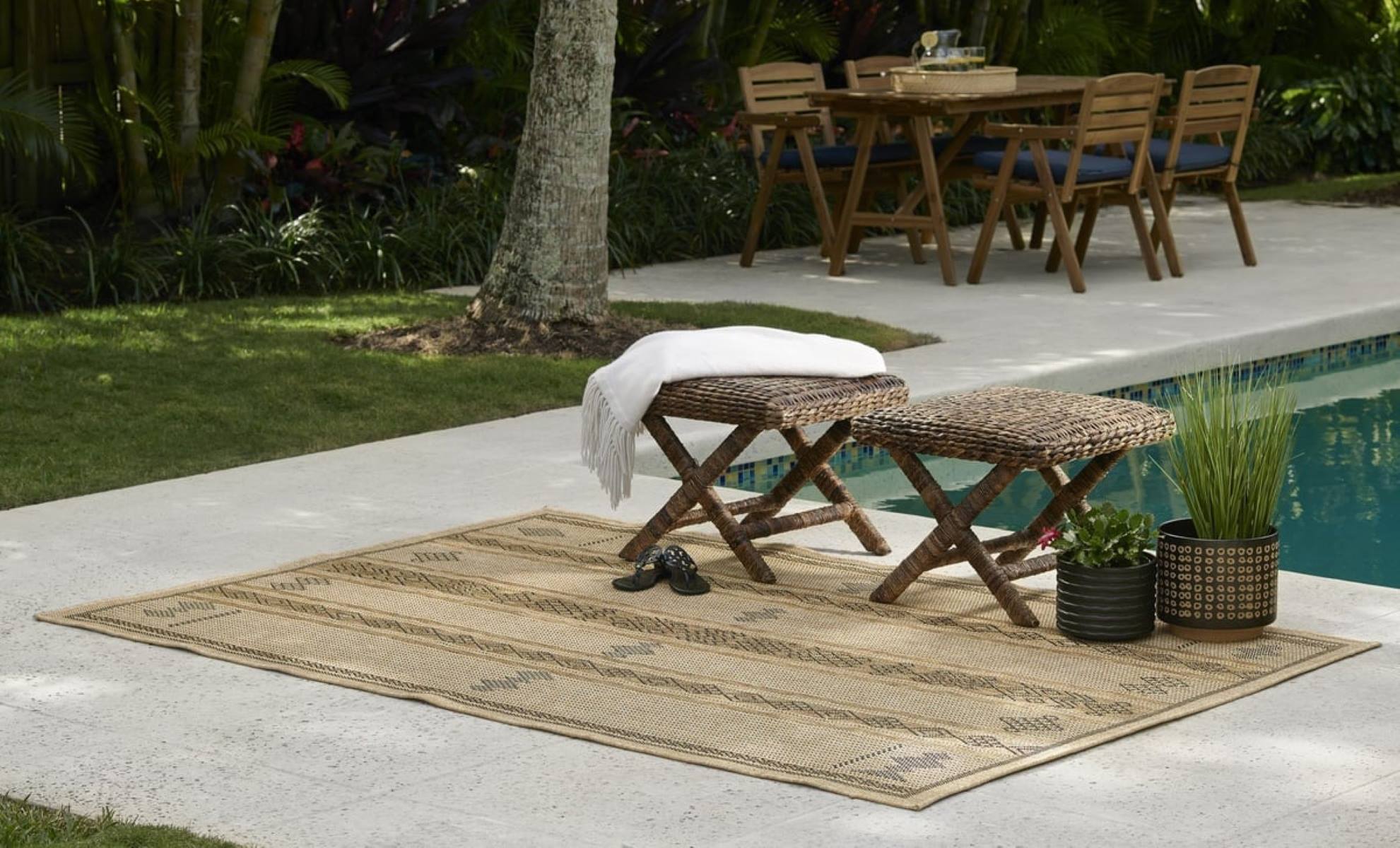
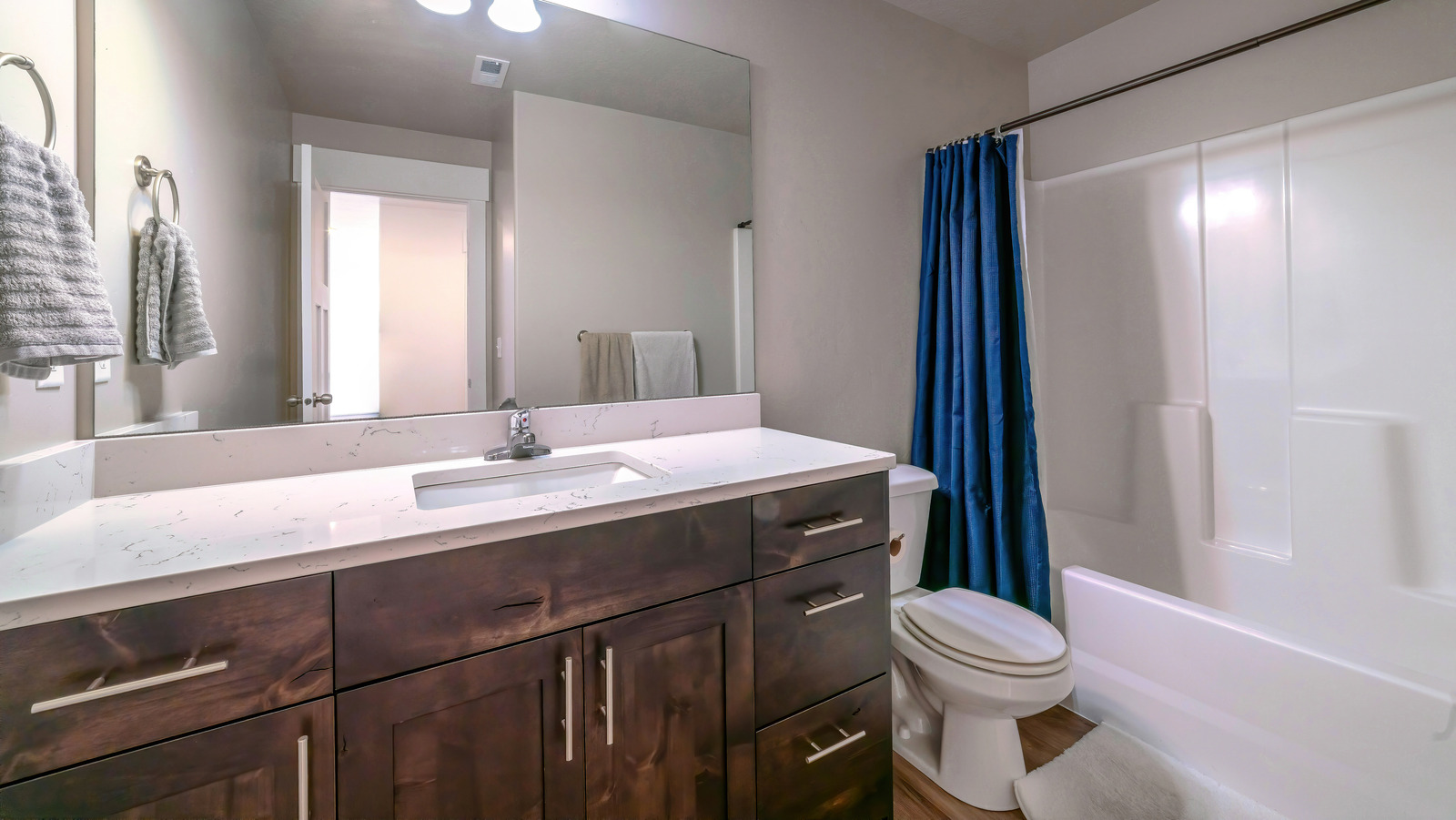
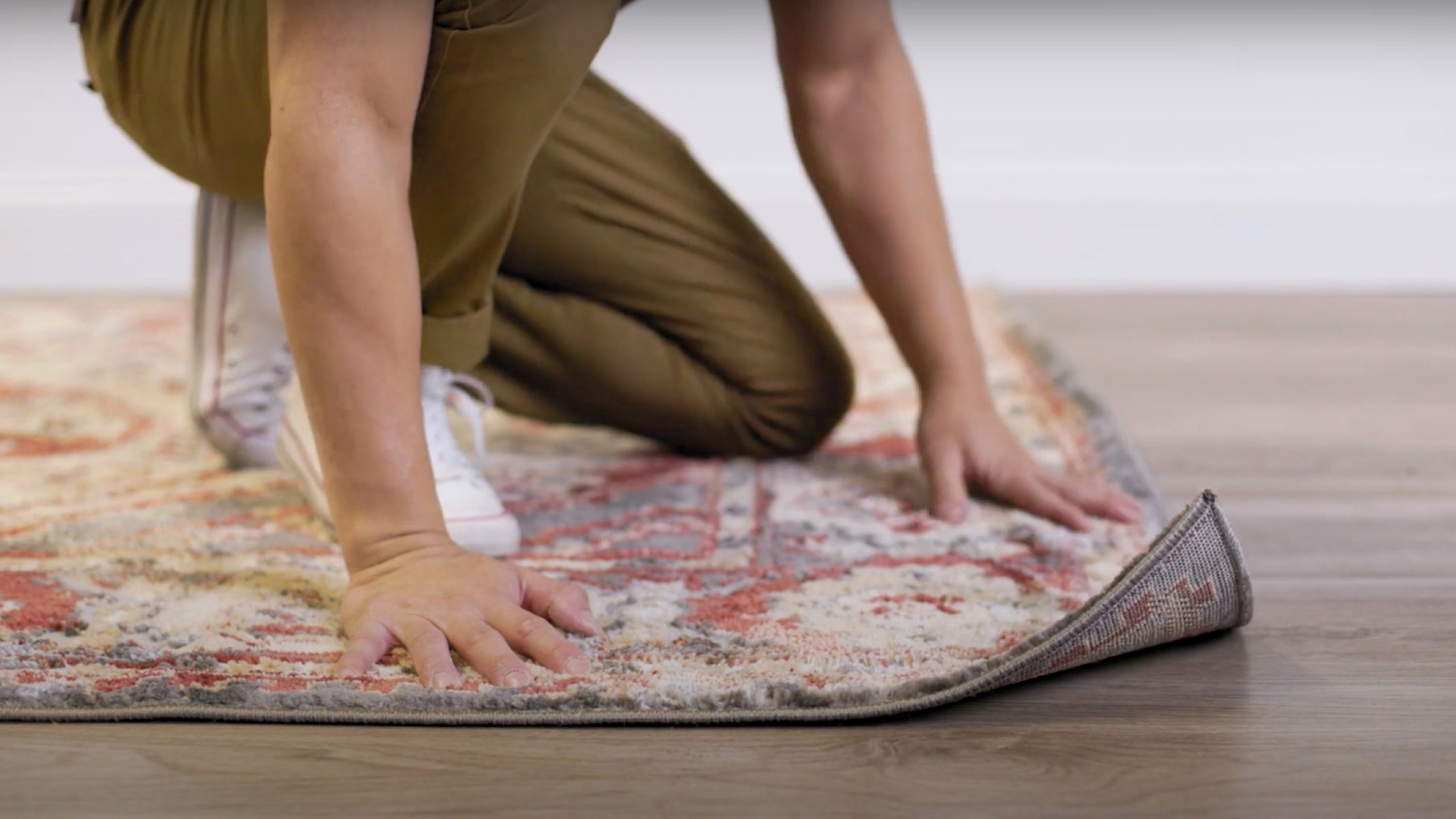
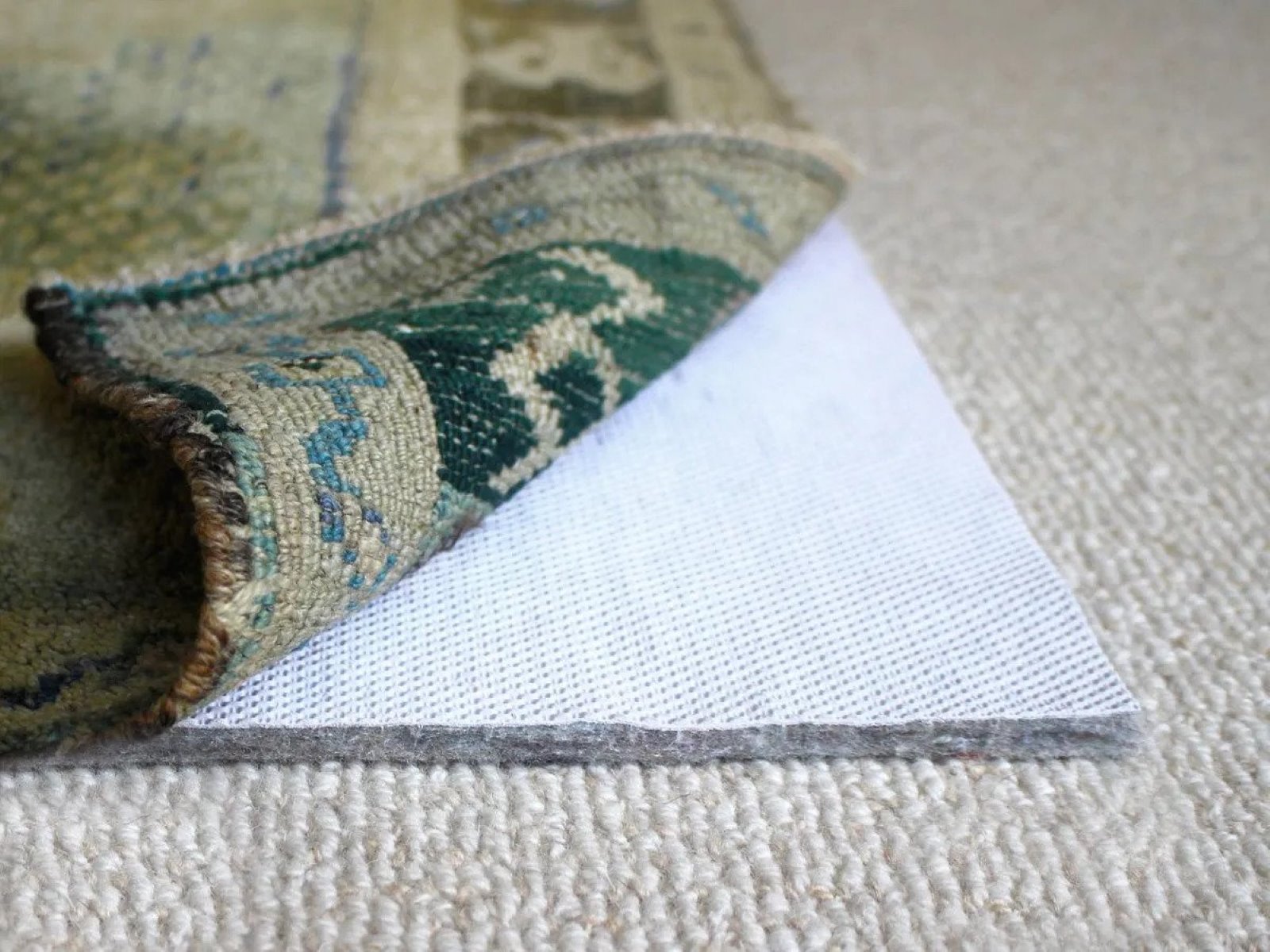

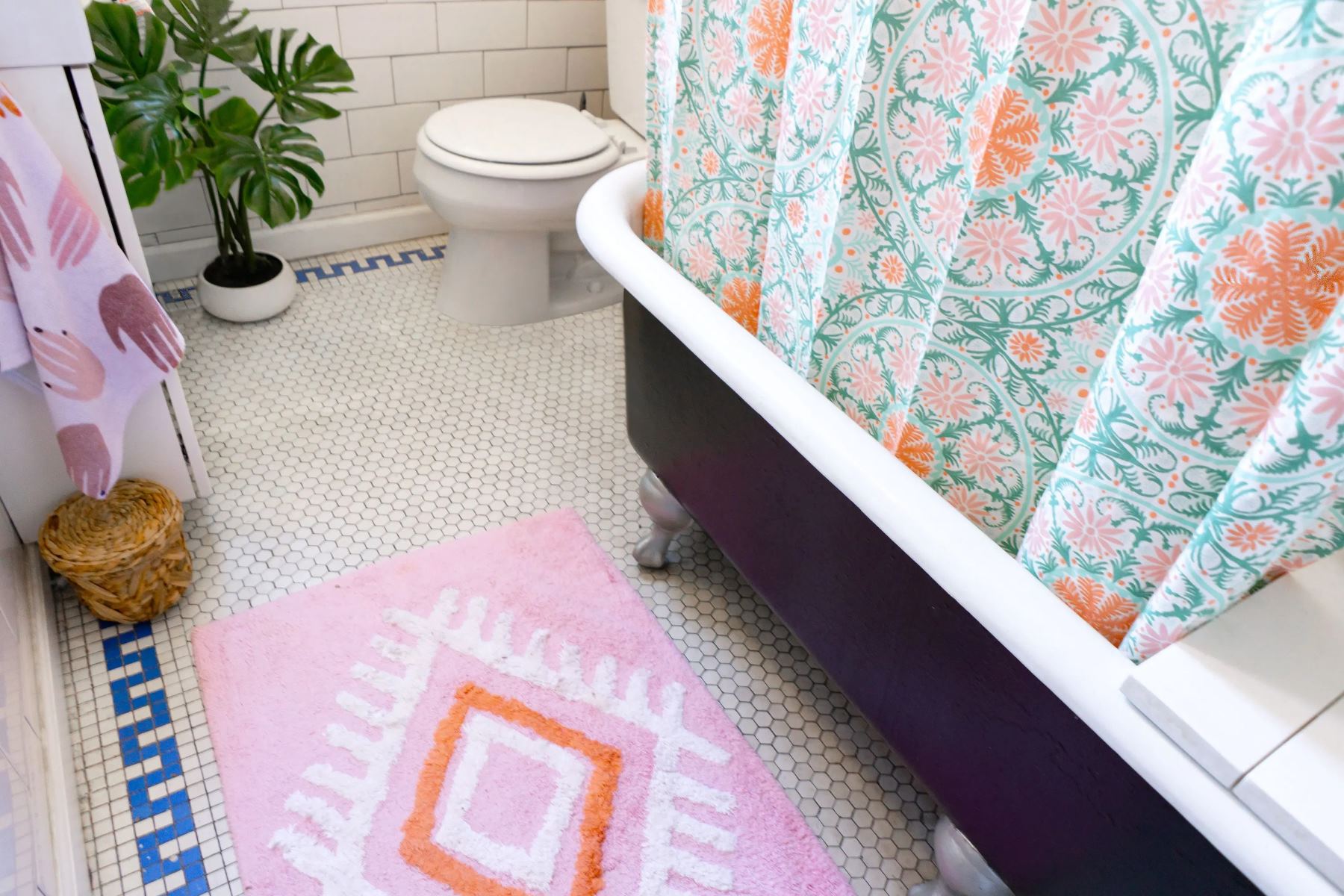
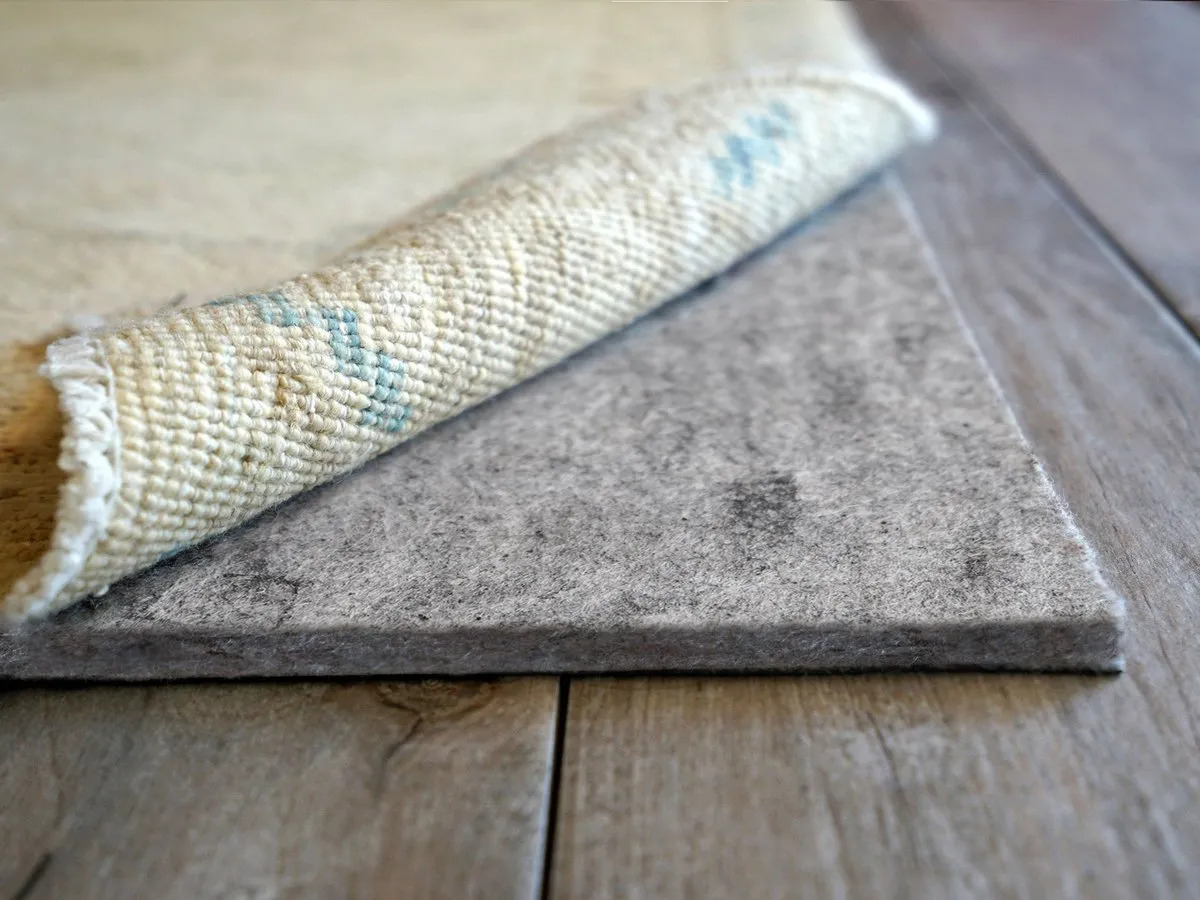
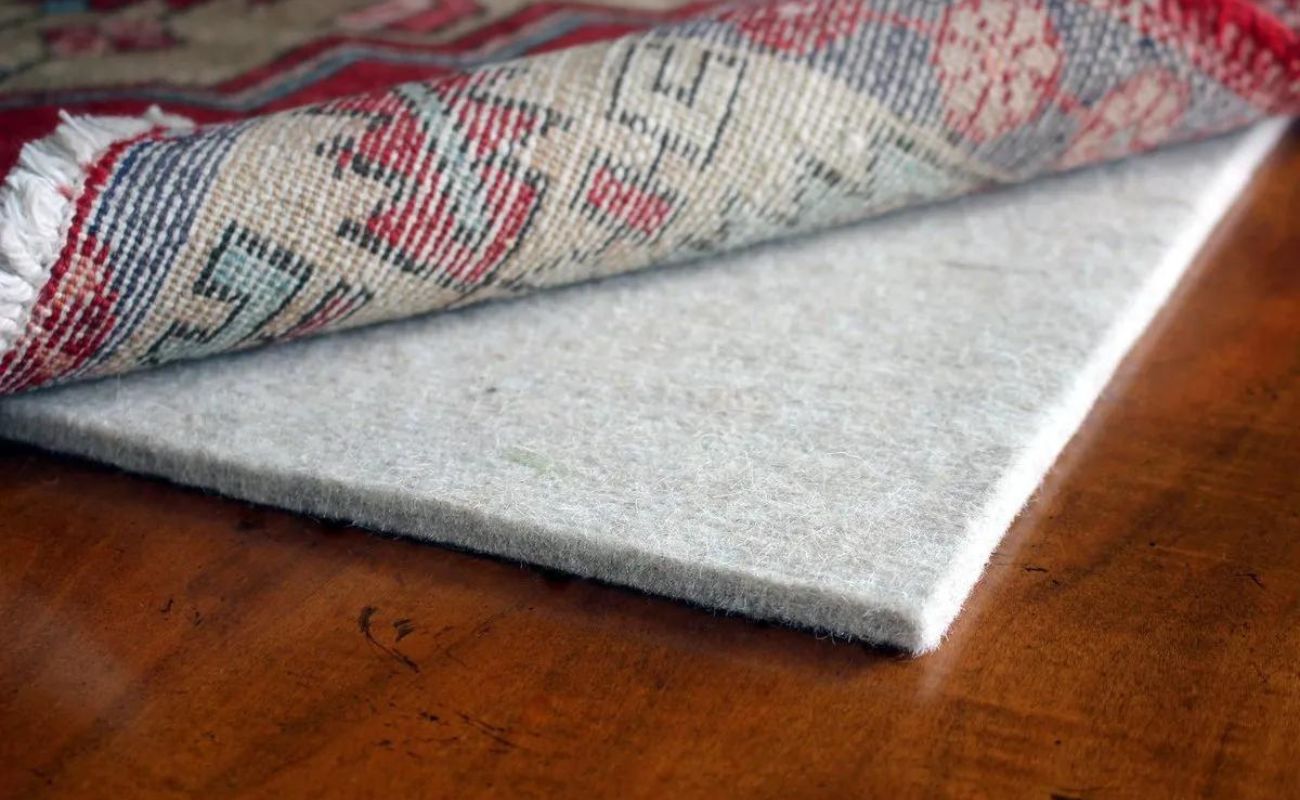
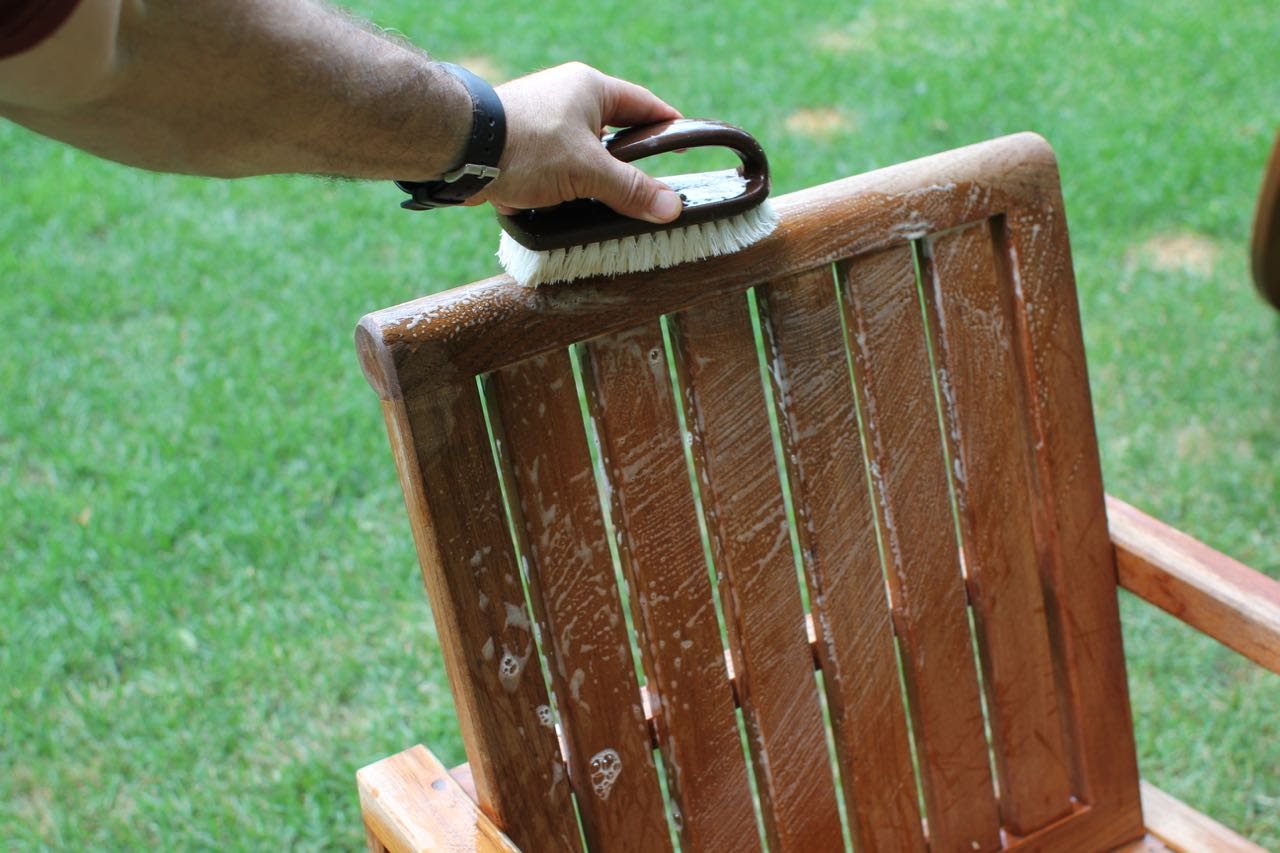
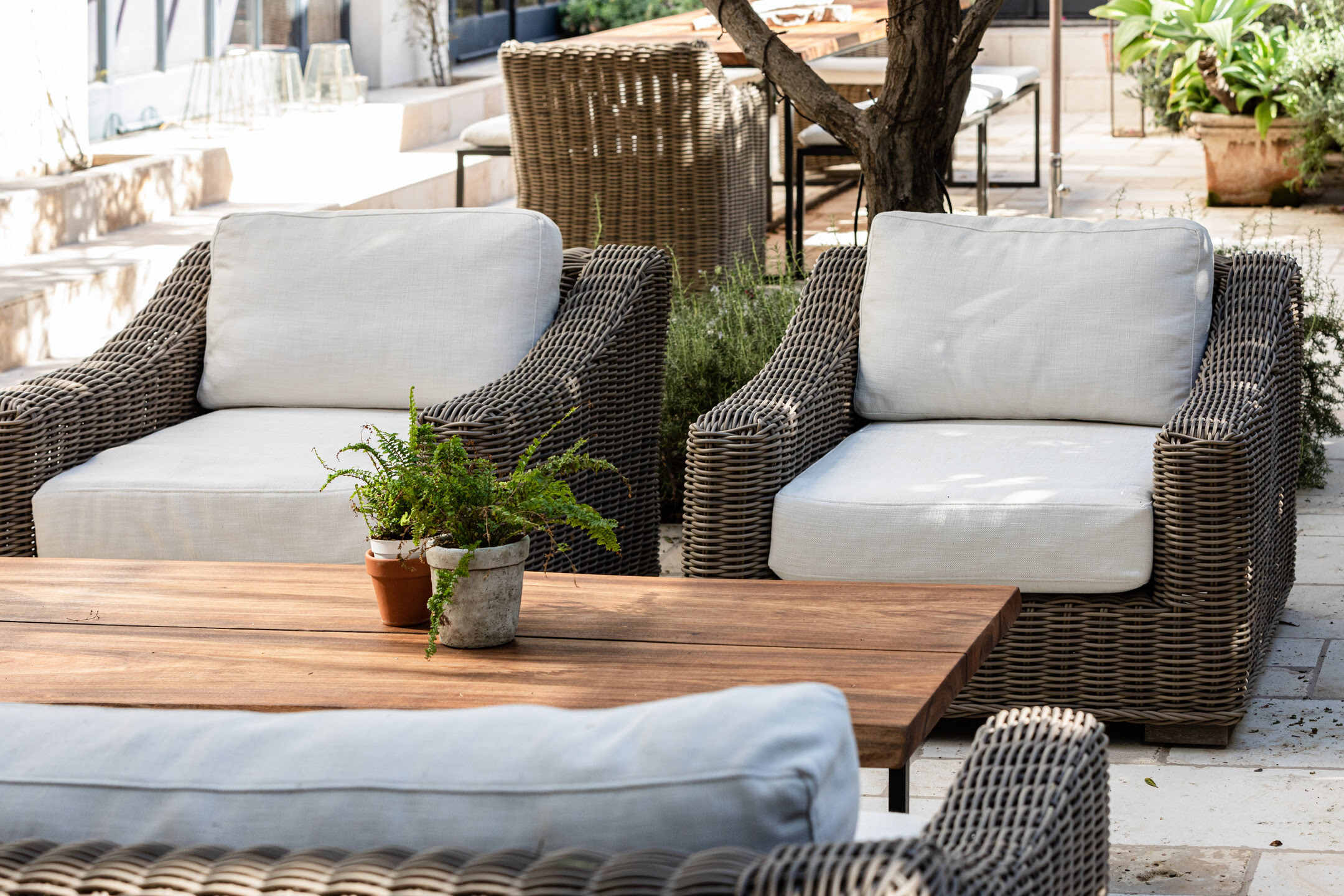
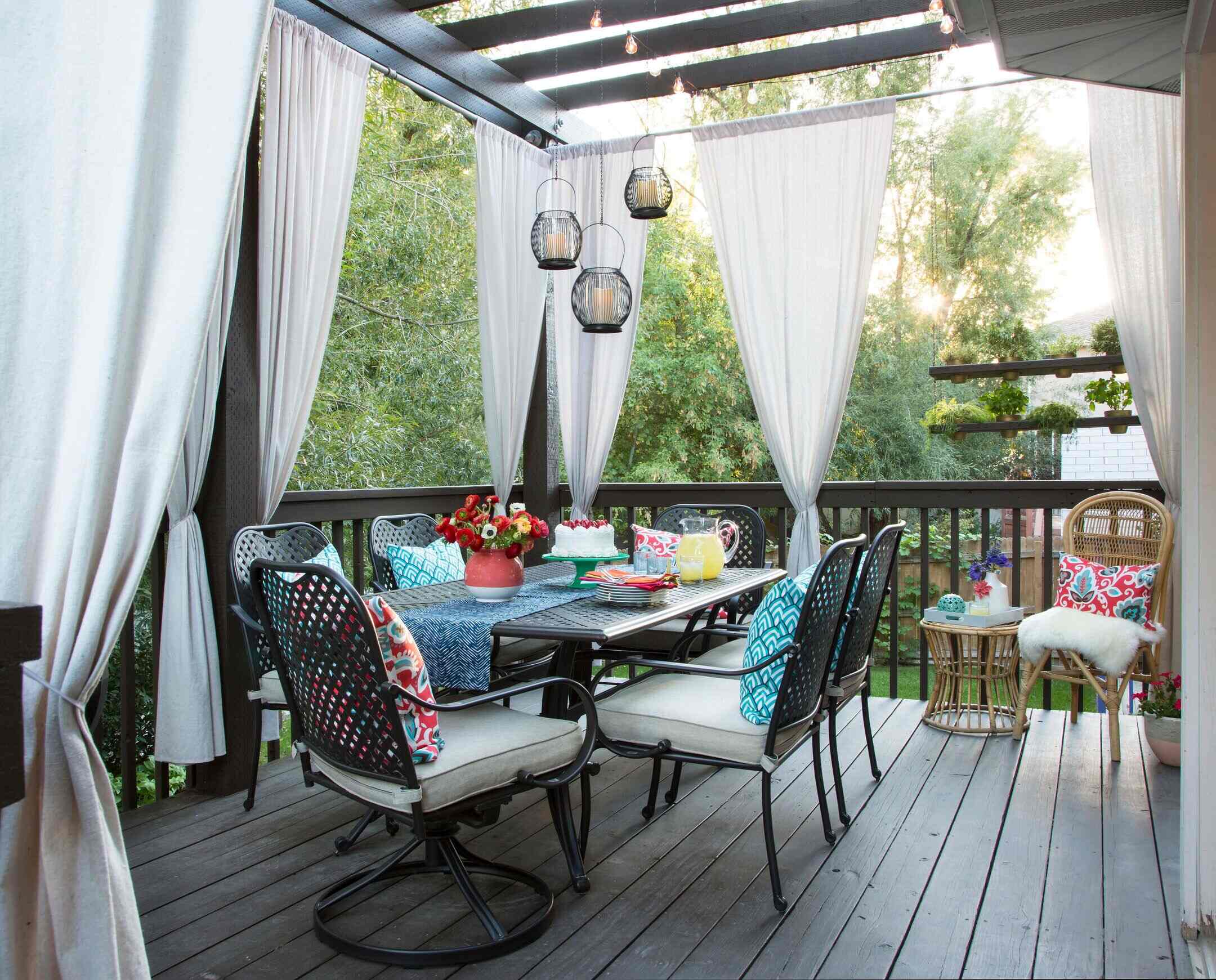
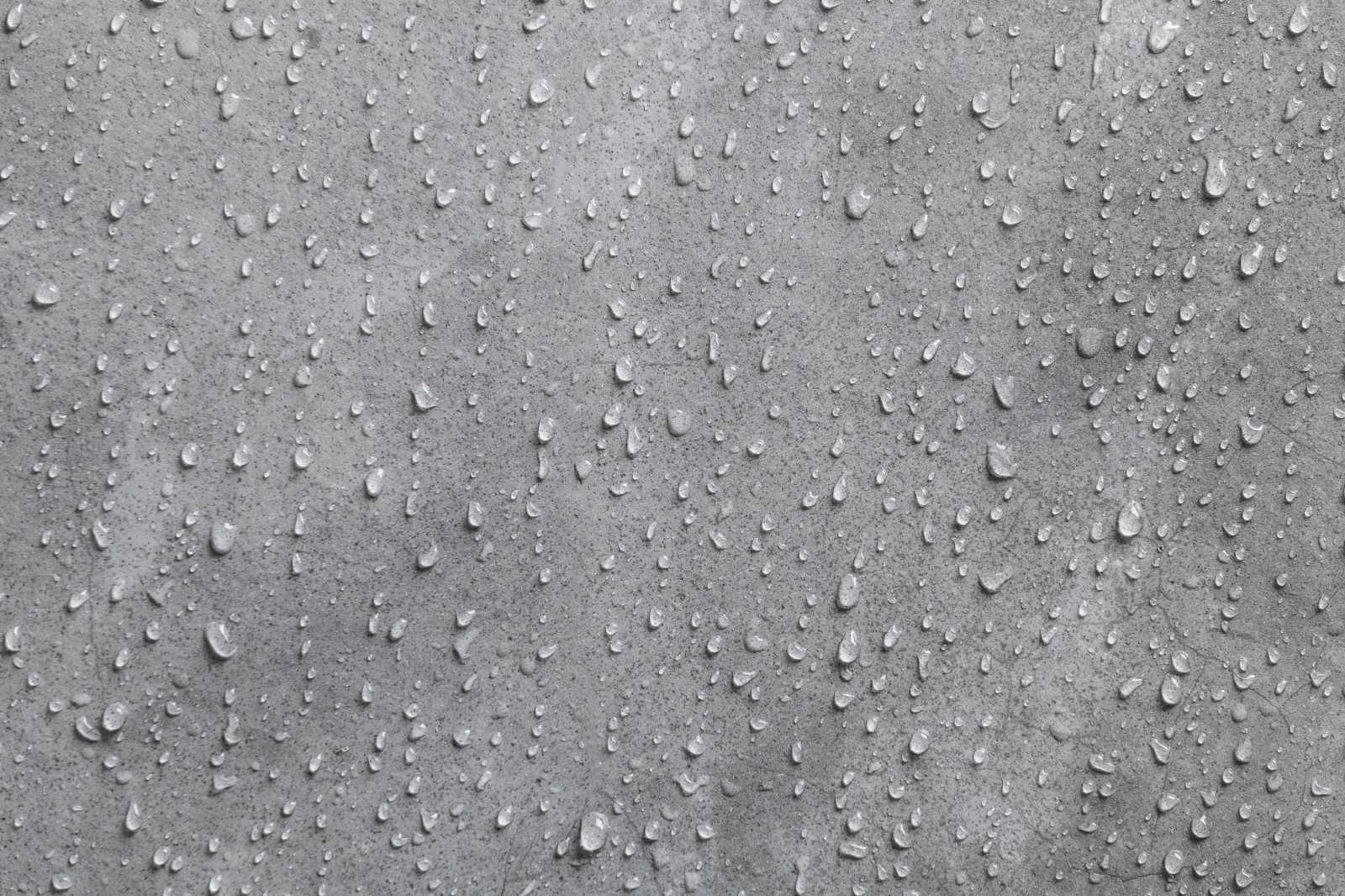
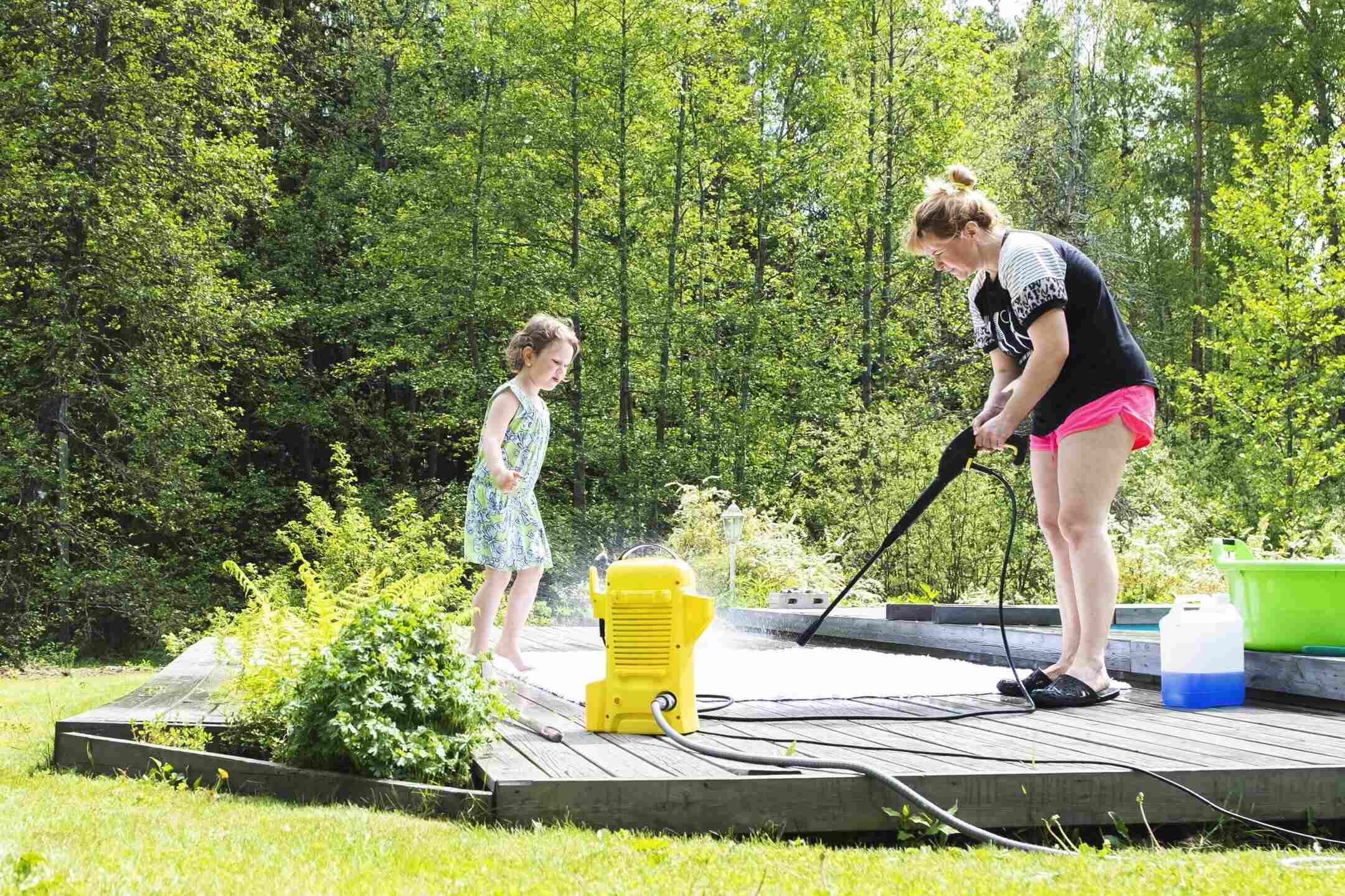


0 thoughts on “How To Keep Outdoor Rugs From Molding”